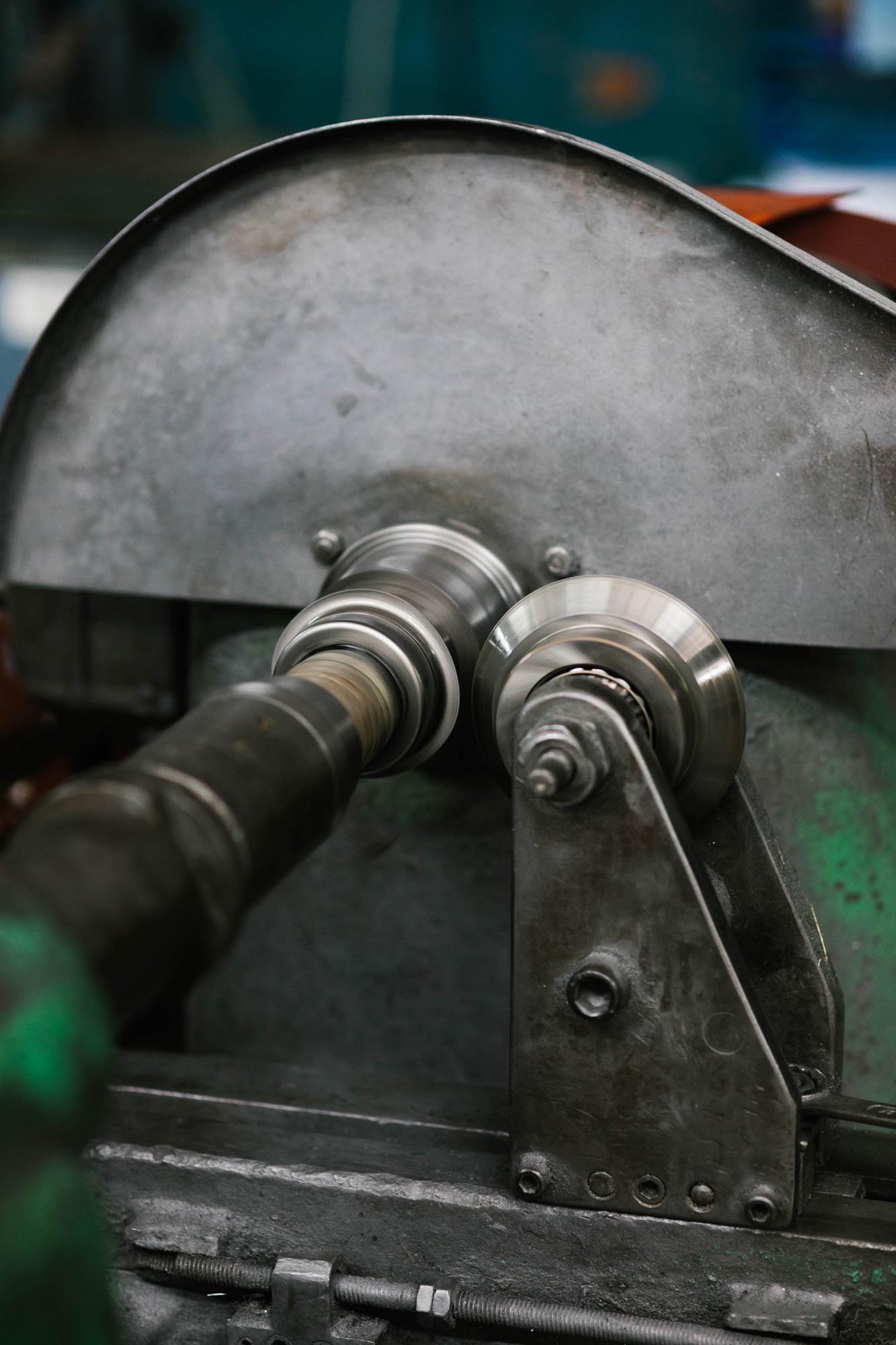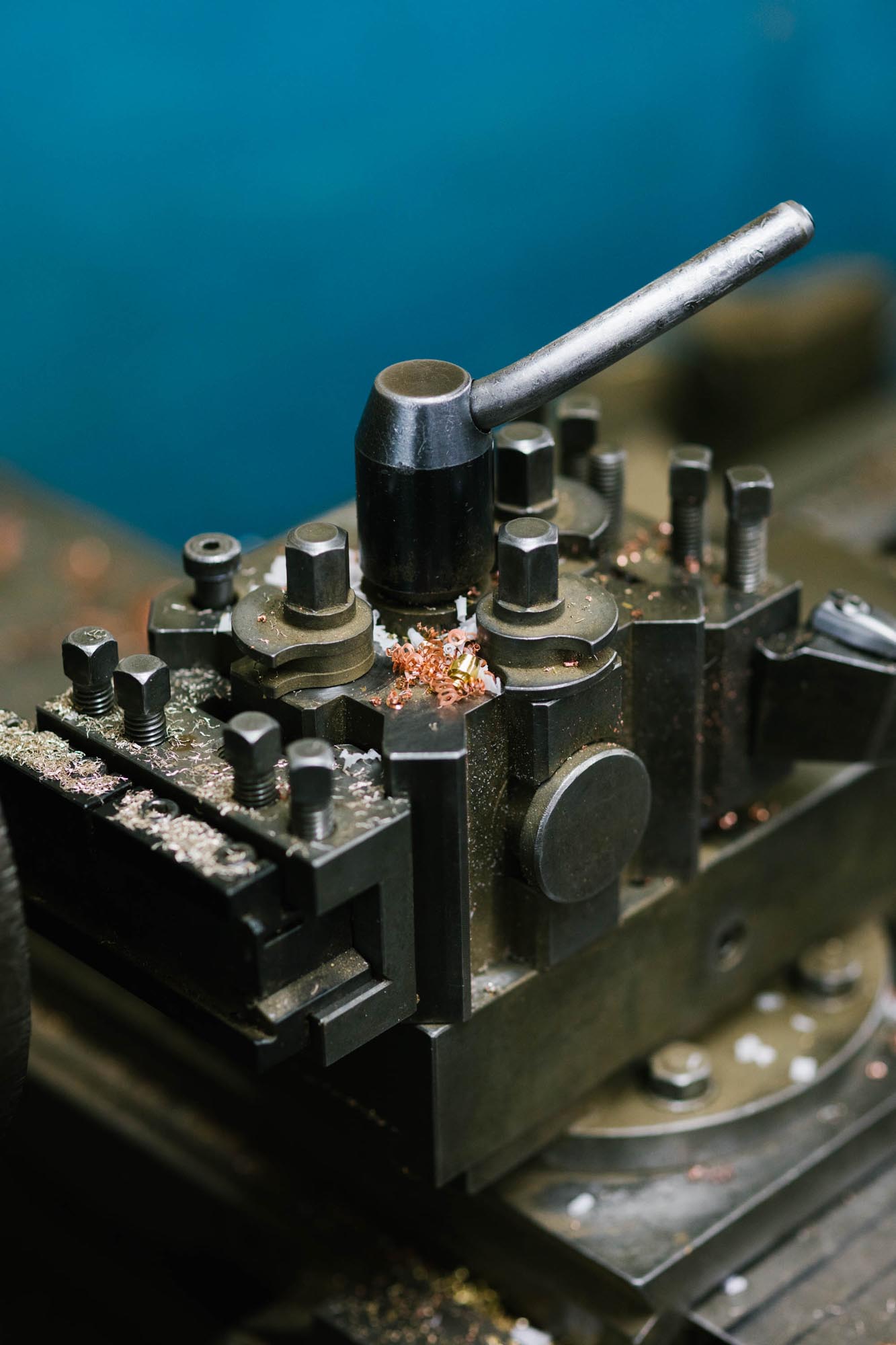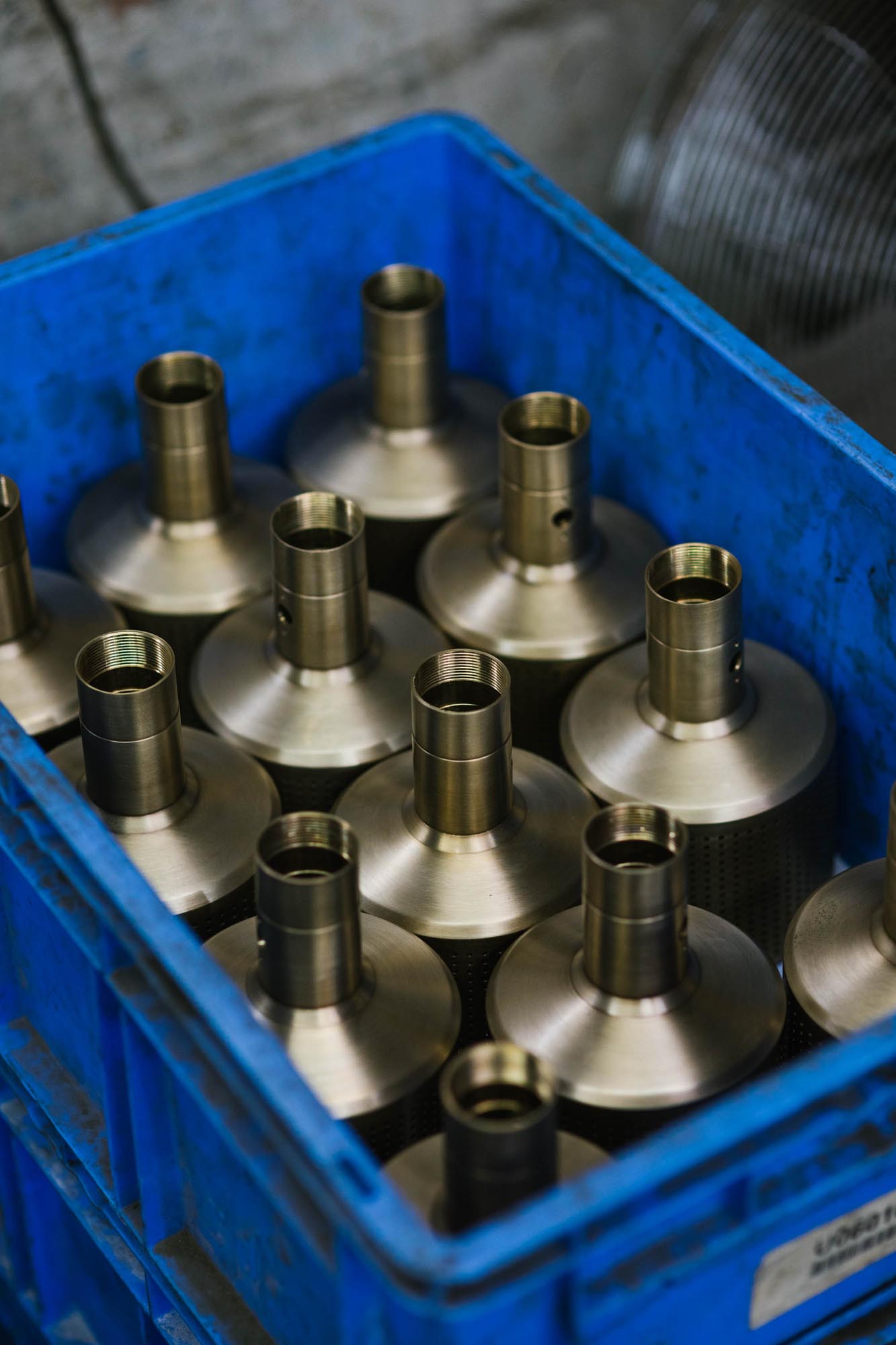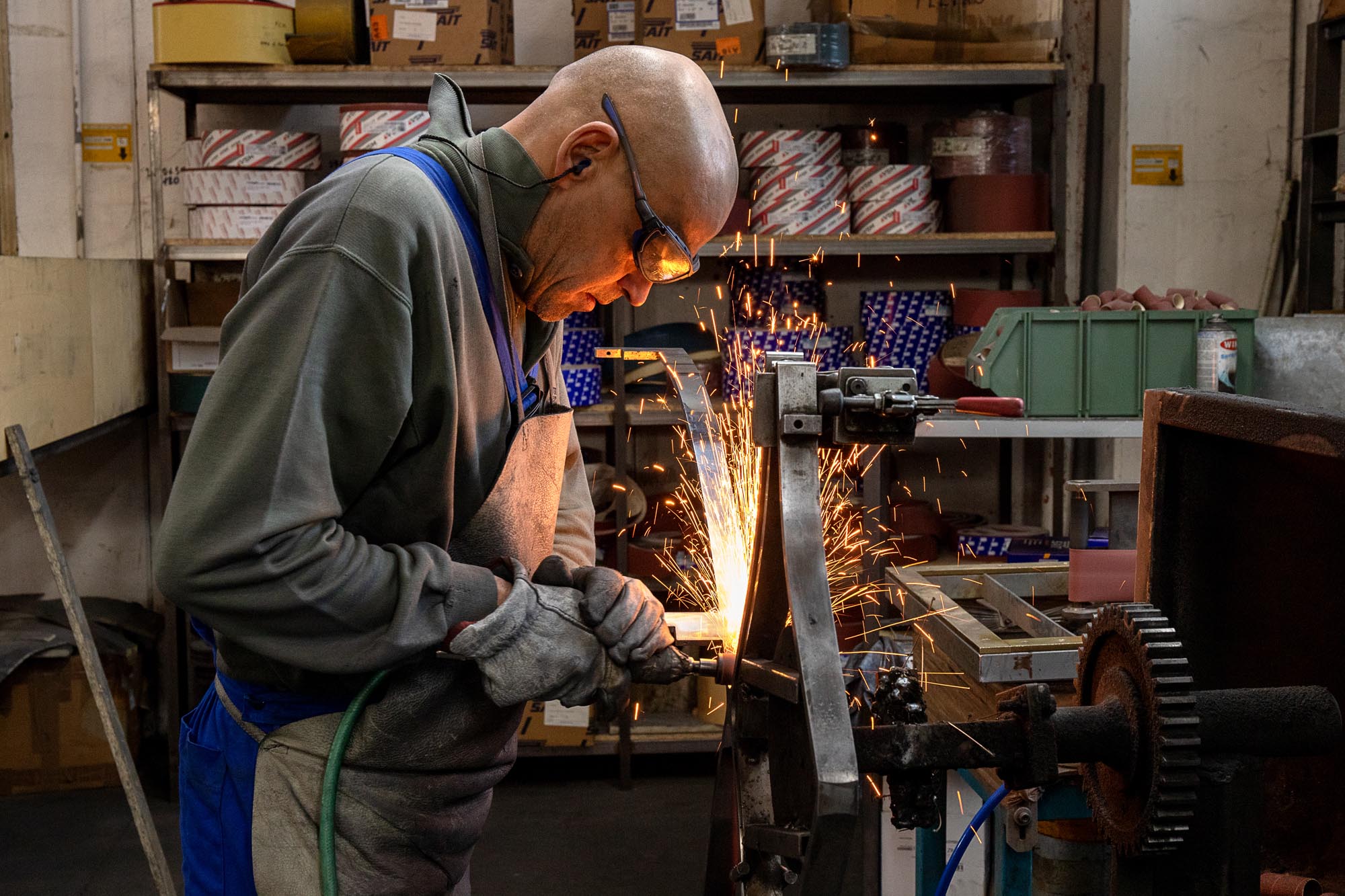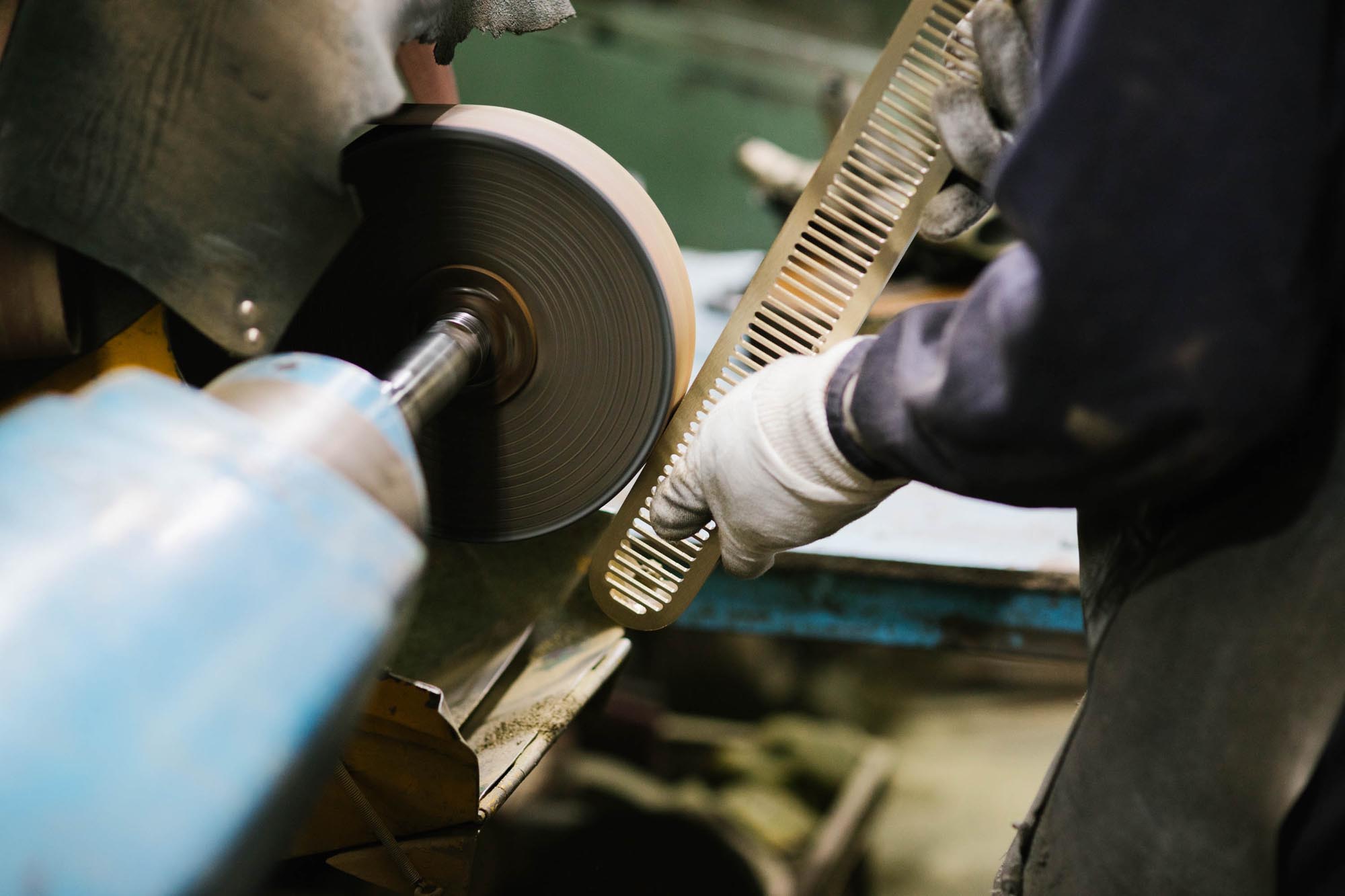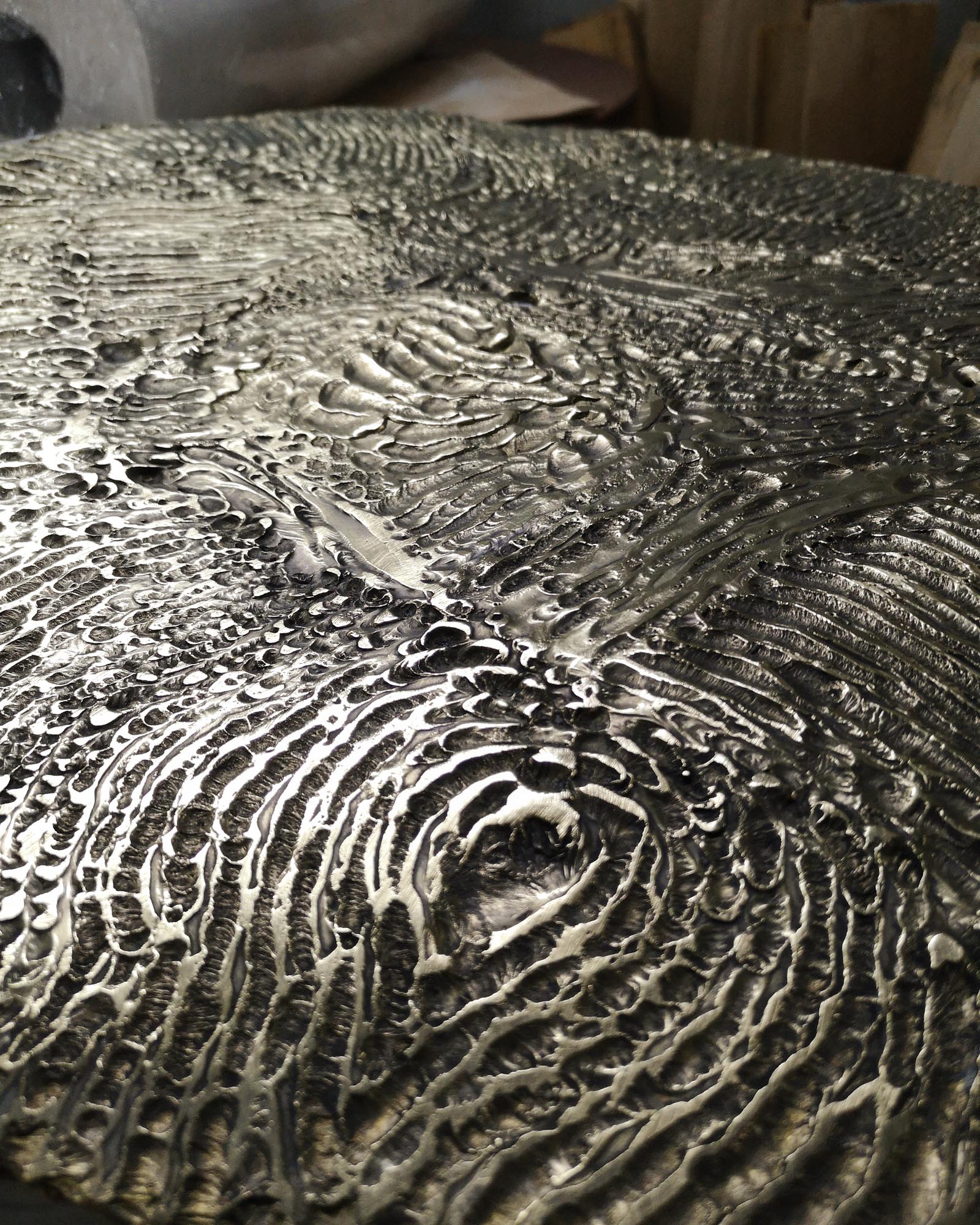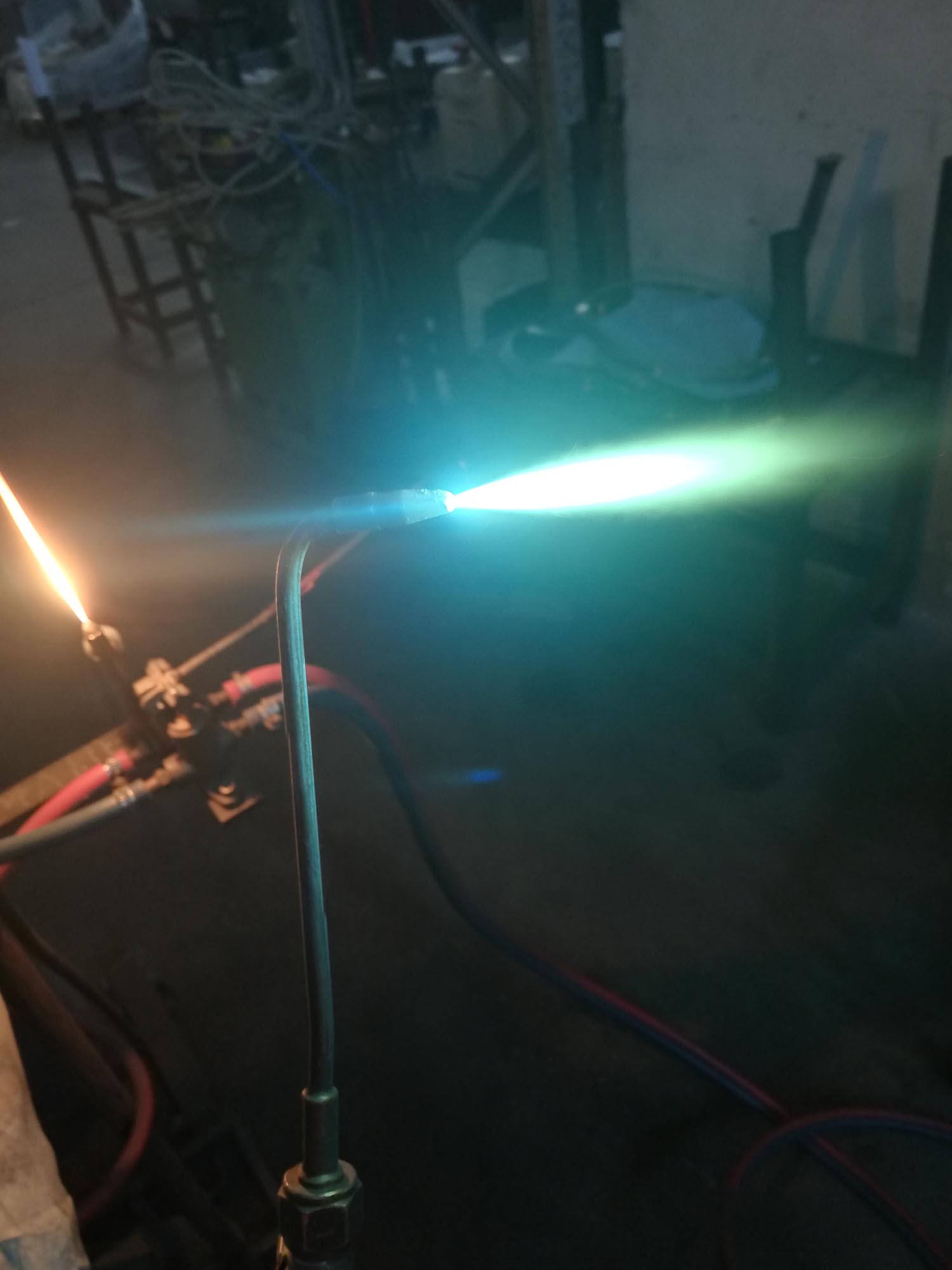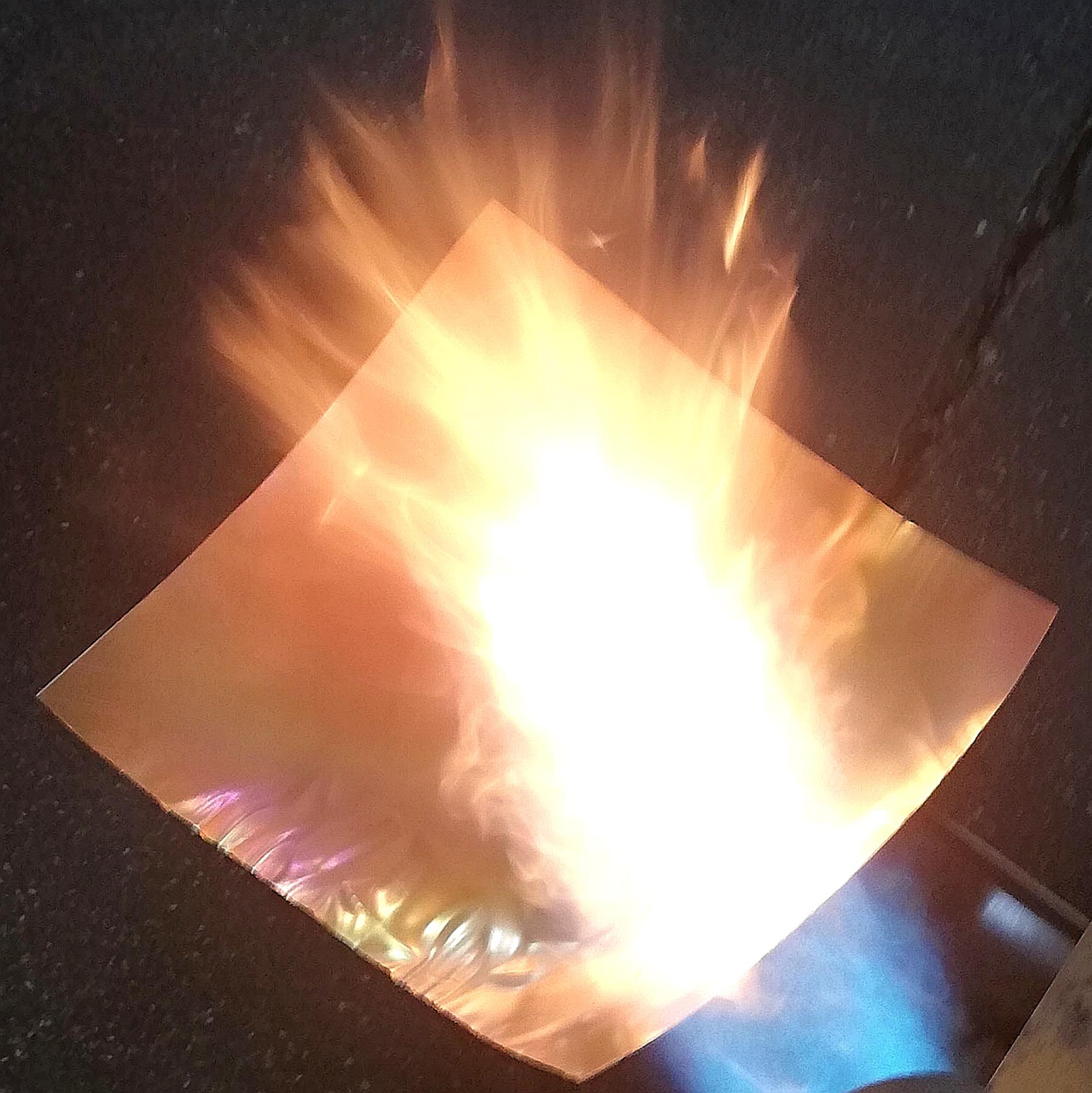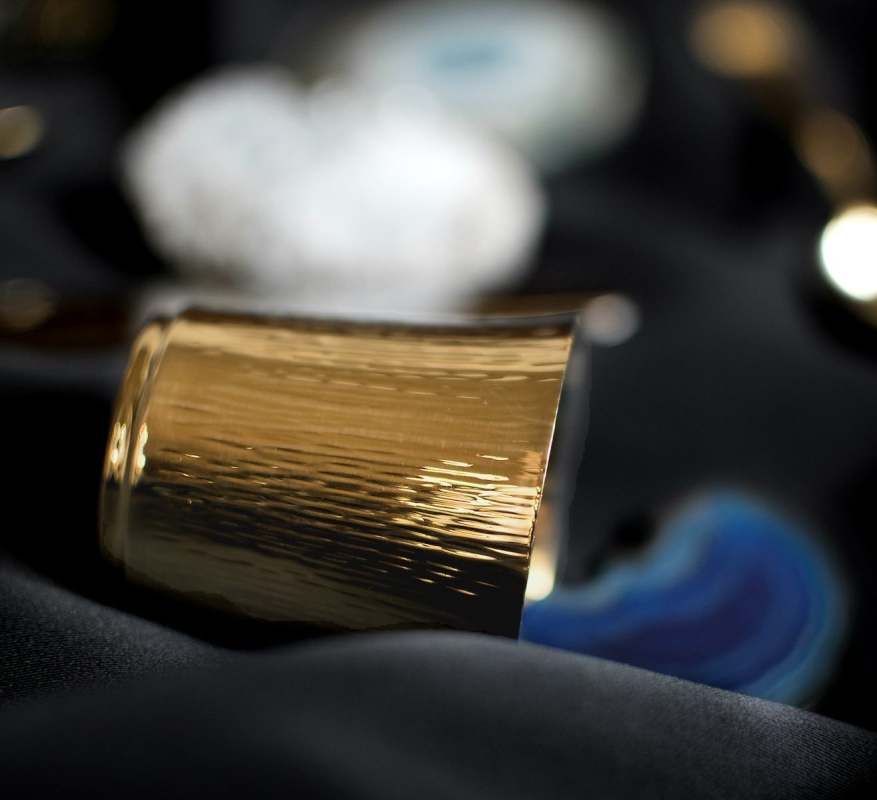Seating
Armchairs
Chairs
Lounge Chairs
Rocker Chairs
Chaise Longues and Day Beds
Swivel Chairs
Folding Chairs
Stacking Chairs
Sofas
Modular Sofas
Poufs and Ottomans
Benches
Stools
Matter of Stuff Editions Decor
Clean Sweep
Deskcape Noctis
Full Bowl by Sebastian Bergne
Mirrored by Tim Vanlier
Svelata Collection
Wine Cooler Flower Vessel
Categories
Furniture

Seating
Armchairs
Chairs
Lounge Chairs
Rocker Chairs
Chaise Longues and Day Beds
Swivel Chairs
Folding Chairs
Stacking Chairs
Sofas
Modular Sofas
Poufs and Ottomans
Benches
Stools
Lighting

Accessories

Editions

Matter of Stuff Editions Decor
Clean Sweep
Deskcape Noctis
Full Bowl by Sebastian Bergne
Mirrored by Tim Vanlier
Svelata Collection
Wine Cooler Flower Vessel
Collections

Brands

Inspiration

















